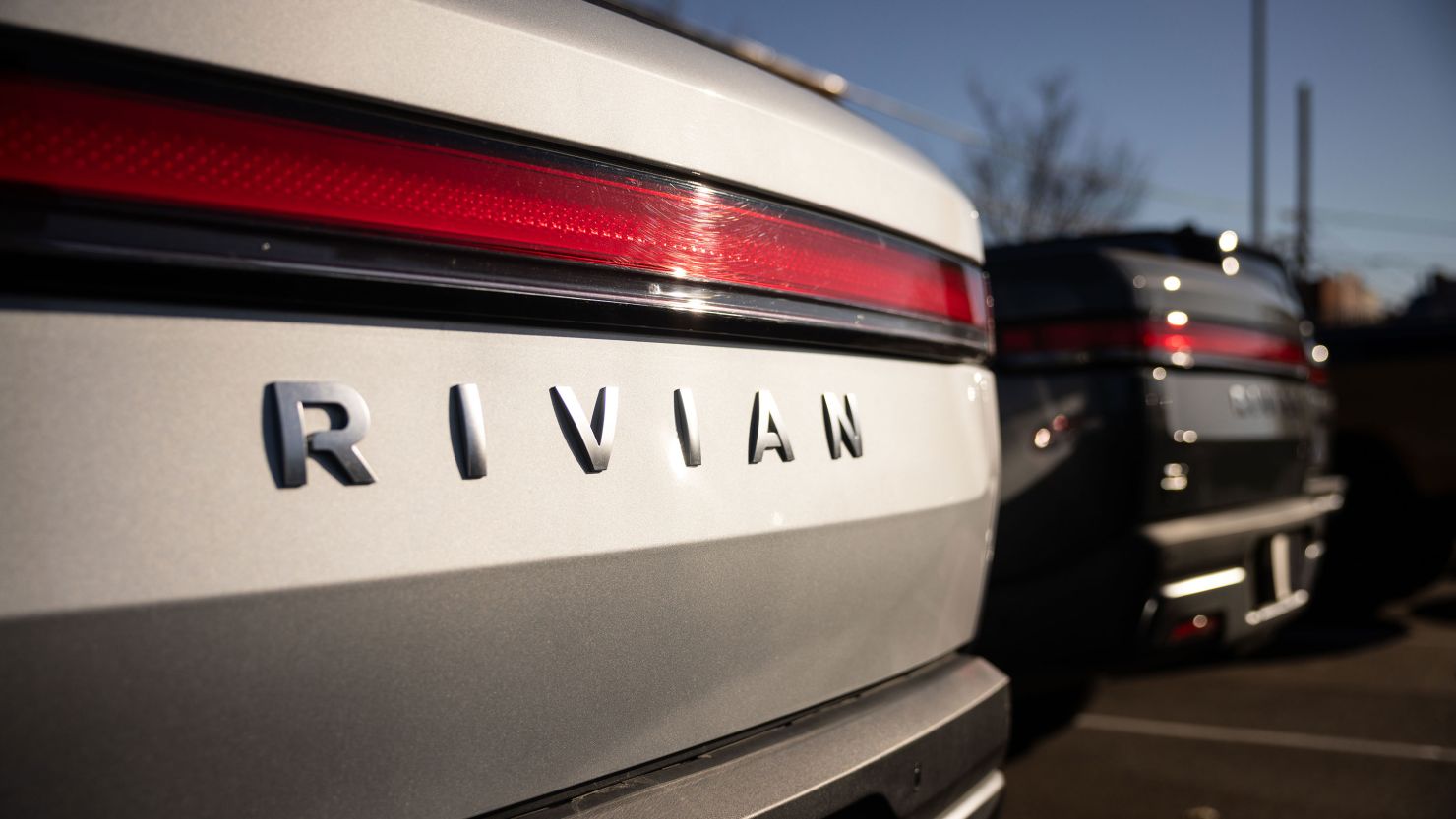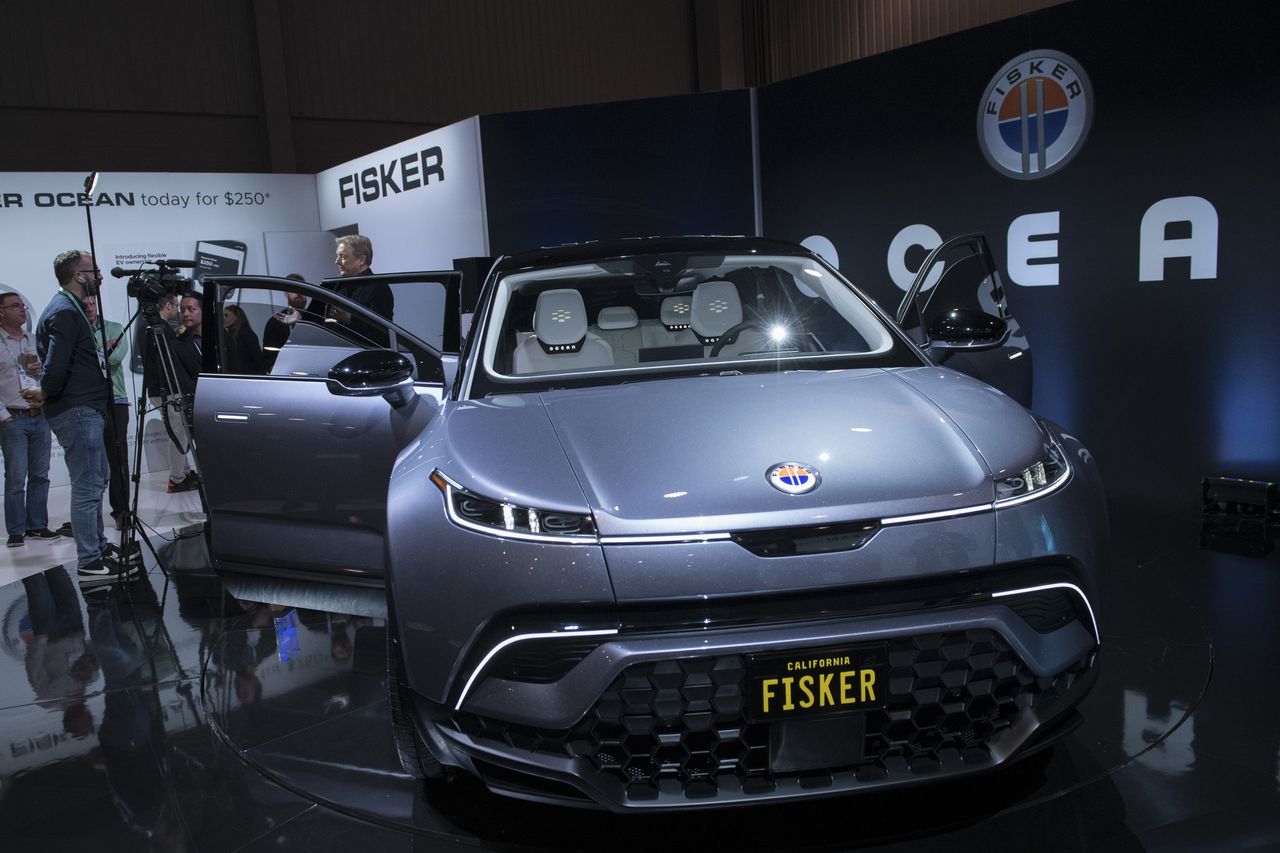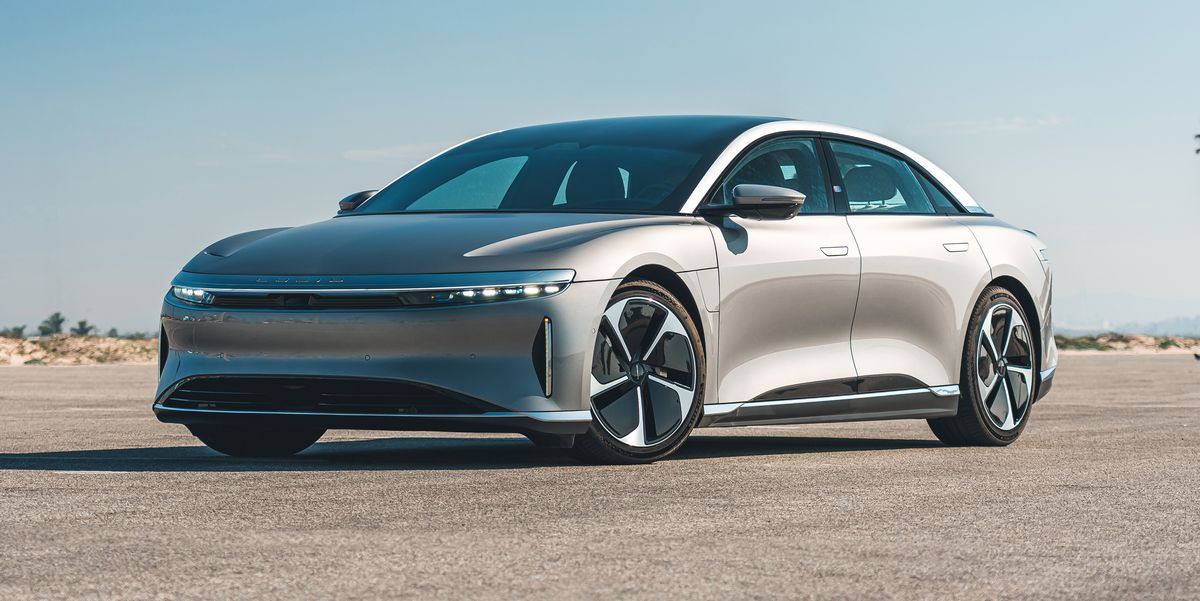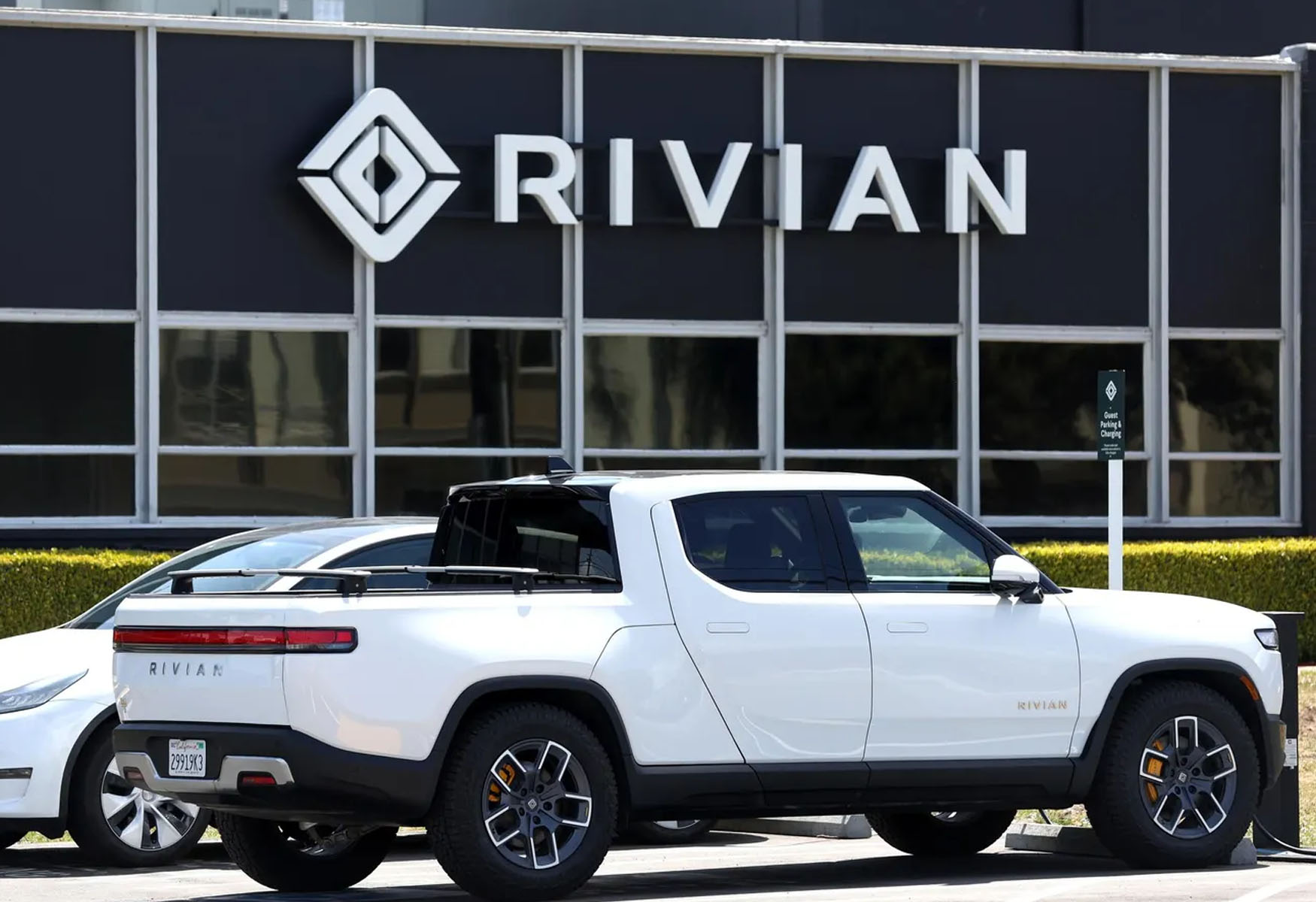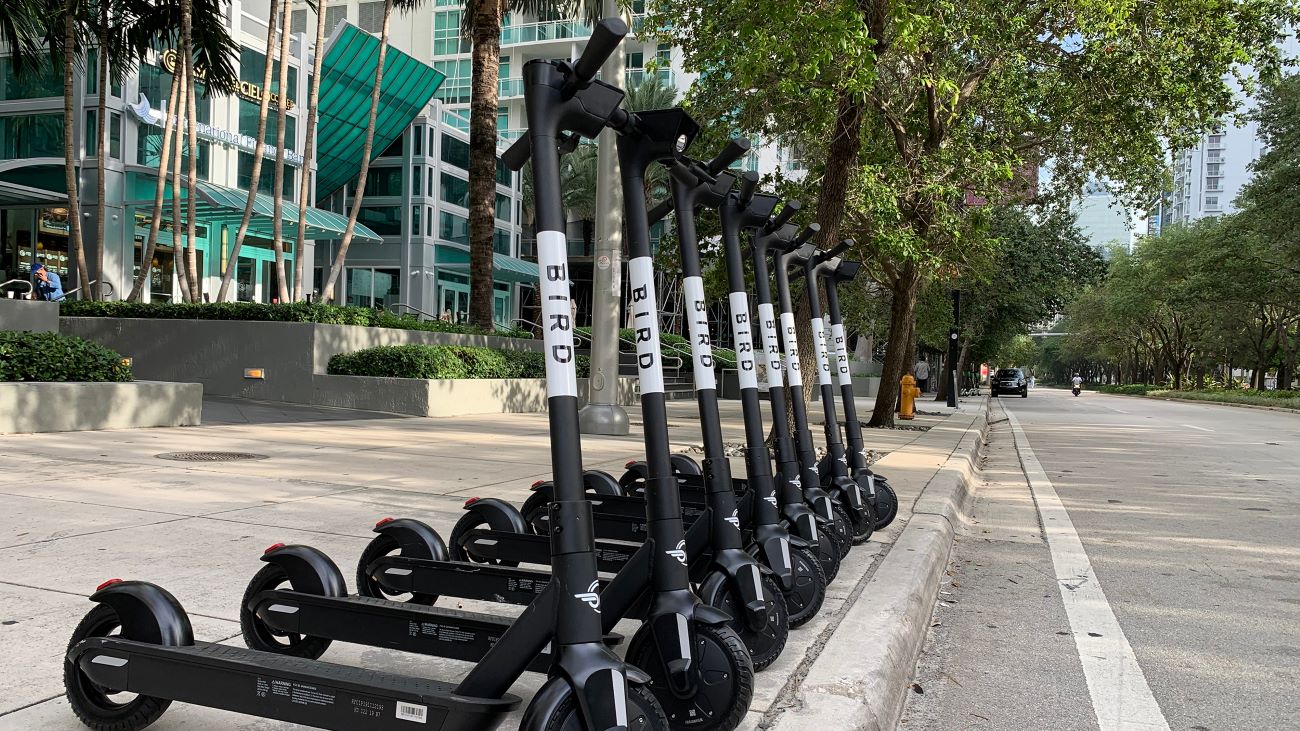Rivian, the electric vehicle (EV) company, is taking drastic measures to navigate the challenging landscape of the EV market. The company has announced a 10% reduction in its salaried workforce, along with layoffs for a limited number of non-manufacturing hourly employees. This move comes as Rivian grapples with the mounting pricing pressure in the EV sector, signaling a critical phase for its future endeavors, particularly the R2, its more affordable EV model.
Key Takeaway
Rivian’s decision to lay off 10% of its workforce reflects the intense pricing pressure in the EV market, as the company grapples with significant losses and strives to streamline its operations to ensure a sustainable future.
Rivian’s Struggle and Layoffs
This recent round of layoffs marks the third workforce reduction for Rivian since July 2022, when the company initially cut 6% of its employees. Subsequently, in February 2023, another 6% of jobs were eliminated. Despite doubling the number of EVs produced and shipped in 2023 compared to the previous year, Rivian incurred a substantial loss of over $5.4 billion for the year. The company’s projection for 2024 indicates a similar production volume of 57,000 electric vehicles, with plans to temporarily shut down its sole factory in Normal, Illinois for manufacturing line upgrades, aiming to enhance production rates by approximately 30%.
Rivian anticipates an adjusted loss of around $2.7 billion in 2024 and has outlined a comprehensive cost transformation program, encompassing modifications to vehicle design and engineering, streamlining manufacturing processes, and further workforce reductions. The company also foresees a surge in capital expenditures, expecting to reach $1.75 billion in 2024, driven by increased investments in next-generation technologies, the upcoming Georgia factory, and go-to-market operations.
Market Response and Financial Performance
The announcement of production and profit loss forecasts, coupled with the layoffs, led to a significant decline of more than 15.6% in Rivian’s shares during after-hours trading. Despite reporting fourth-quarter revenue of $1.3 billion, double the amount generated in the same period of 2022, Rivian’s full-year revenue stood at $4.4 billion, primarily attributed to EV sales. Additionally, the company derived approximately $39 million in the fourth quarter and $73 million for the entire year from the sale of regulatory credits.
Rivian disclosed a net loss of $1.5 billion in the fourth quarter, showing a slight improvement over the previous year. On an adjusted basis, the company reported a loss of $1.1 billion, signifying a persistent challenge in achieving profitability per vehicle. Despite making progress in reducing the loss per vehicle, with a notable improvement from $124,162 to $43,372 per unit delivered in the fourth quarter, Rivian still has a considerable distance to cover before reaching a break-even point.
CEO’s Perspective and Future Outlook
RJ Scaringe, the founder and CEO of Rivian, acknowledged the demanding macroeconomic environment and emphasized the need for strategic changes to secure the company’s promising future. He highlighted the prioritization of growth areas, particularly the launch of Peregrine and R2, along with investments in go-to-market capabilities. Scaringe also emphasized the team’s commitment to driving efficiency throughout the organization, reflecting a sense of urgency and ownership mindset as Rivian navigates the challenges ahead.







